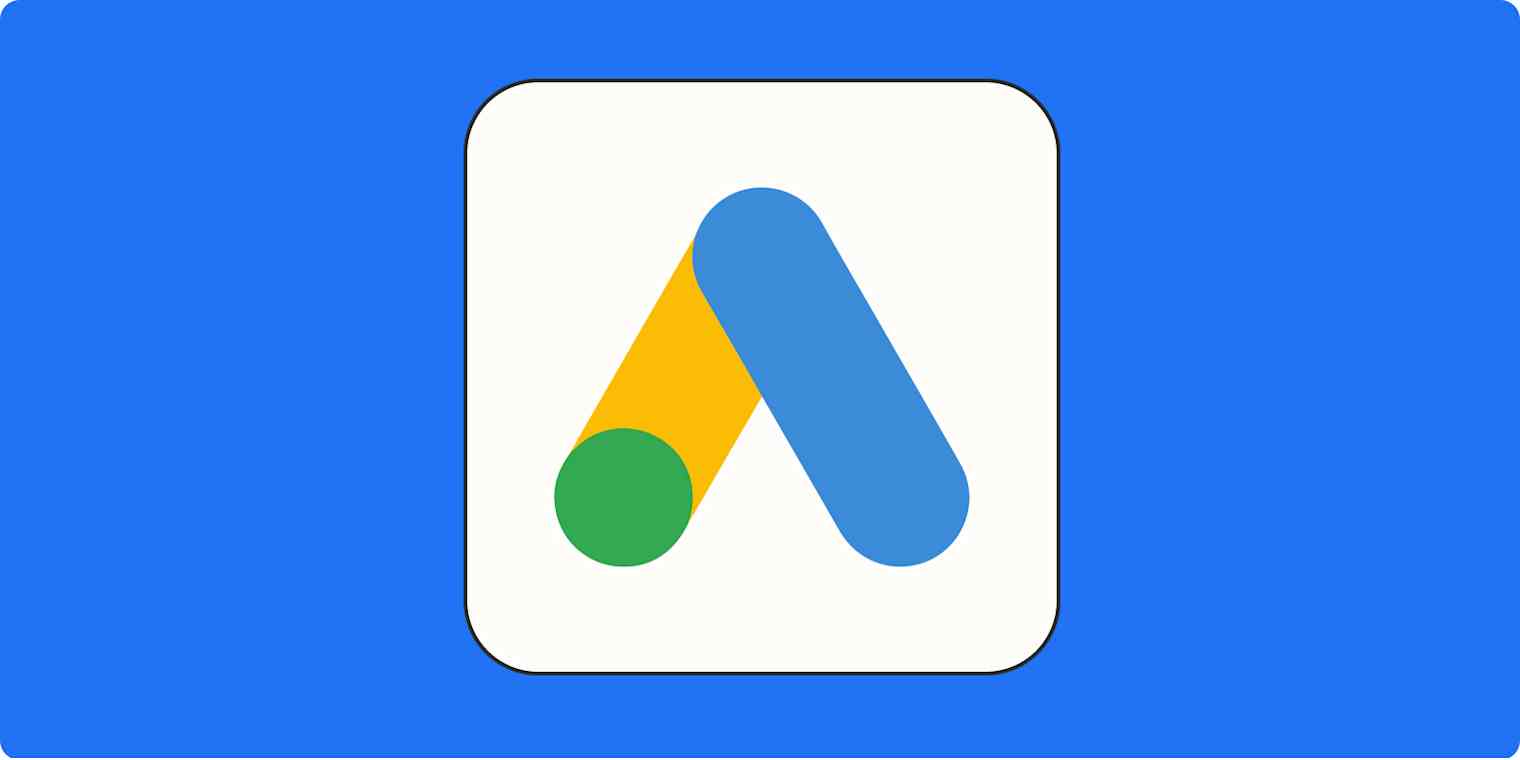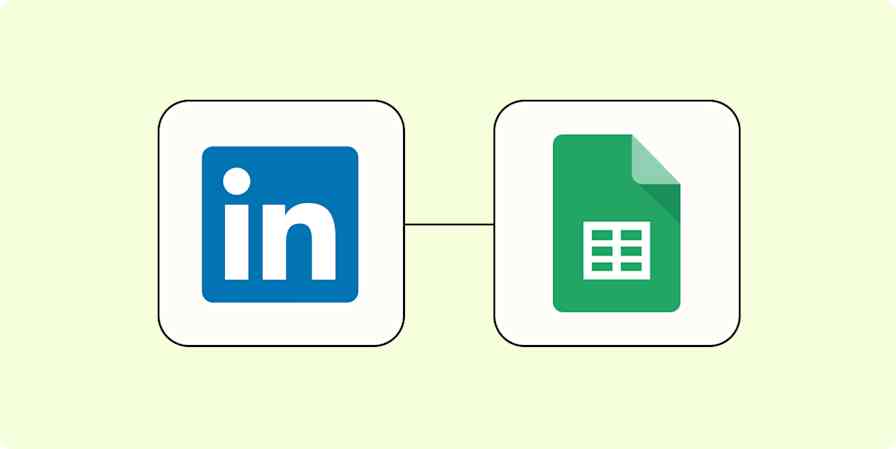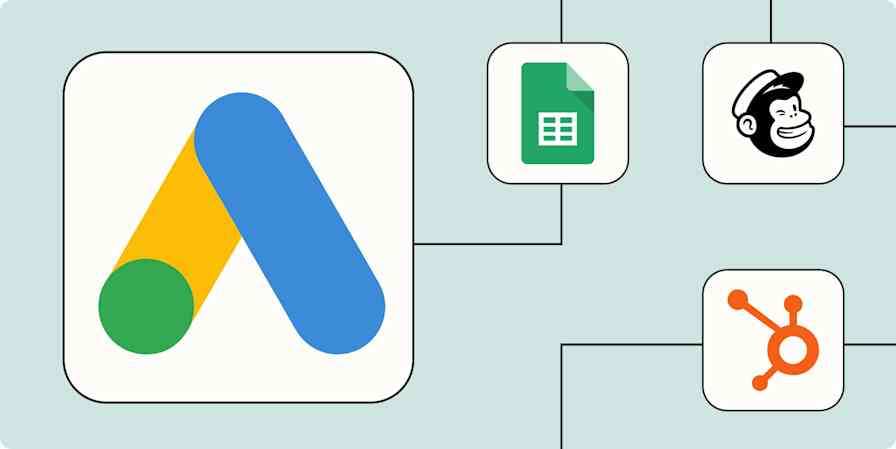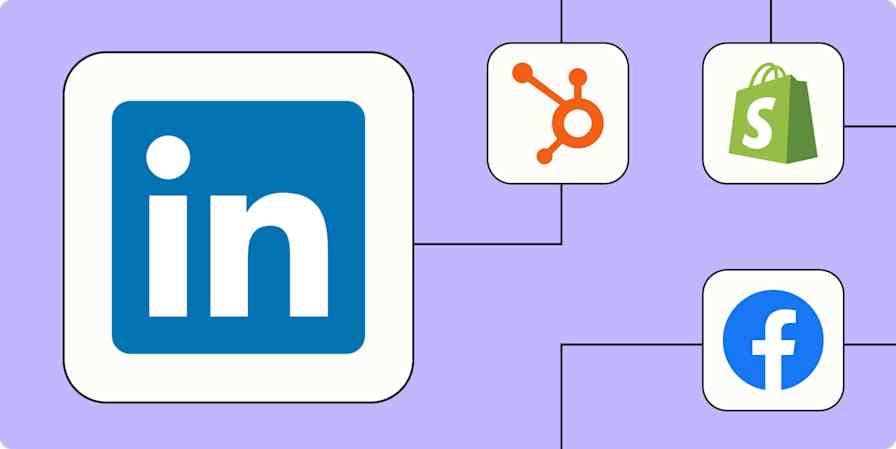App tips
6 min read6 Google Ads mistakes that will drain your ad spend
These Google Ads tips will help you optimize your campaigns.
By Ankit Vora · February 13, 2023

Get productivity tips delivered straight to your inbox
We’ll email you 1-3 times per week—and never share your information.
mentioned apps
Related articles
Improve your productivity automatically. Use Zapier to get your apps working together.









